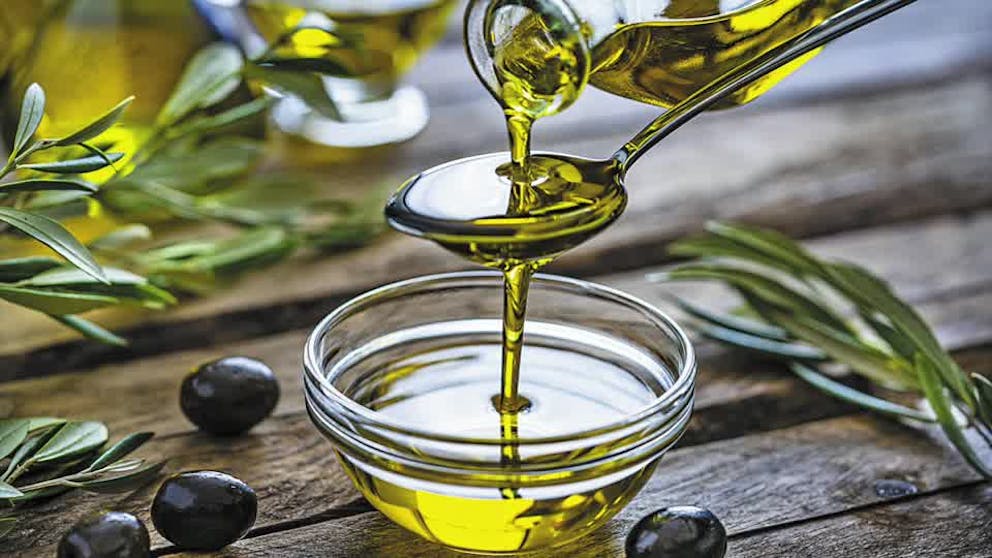Symptoms, conditions and causes
Is it possible to rehabilitate from stroke?
Innovative Stroke Rehabilitation Strategies
In addition to traditional rehabilitation techniques, some cutting-edge strategies show promise for enhancing stroke recovery. These approaches aim to harness the brain's natural ability to adapt and rewire itself, a process known as neuroplasticity.
Acute Intermittent Hypoxia for Brain Tissue Growth
Acute intermittent hypoxia (AIH) is a novel therapy that involves brief, repeated exposures to low oxygen levels followed by periods of normal oxygen.
This cycle of hypoxia and reoxygenation has been shown to stimulate the release of growth factors in the brain, which can promote the formation of new neural connections.
While more research is needed to fully understand the potential benefits and risks of AIH, early studies suggest that it may be a promising adjunct therapy for stroke rehabilitation, particularly when combined with traditional physical therapy exercises.
Strengthening Blood Vessels with Vitamin C Complex
Maintaining healthy blood vessels is crucial for preventing future strokes and supporting overall brain health. The whole vitamin C complex, which includes various bioflavonoids and co-factors in addition to ascorbic acid, plays a key role in blood vessel integrity.
Vitamin C helps synthesize collagen, a protein that provides structure and strength to blood vessel walls. It also acts as an antioxidant, protecting blood vessels from damage caused by free radicals.
Incorporating vitamin C-rich foods and supplements into your diet may help support healthy blood pressure levels and reduce the risk of recurrent strokes.

Last updated: May 06, 2024 16:04 PM
